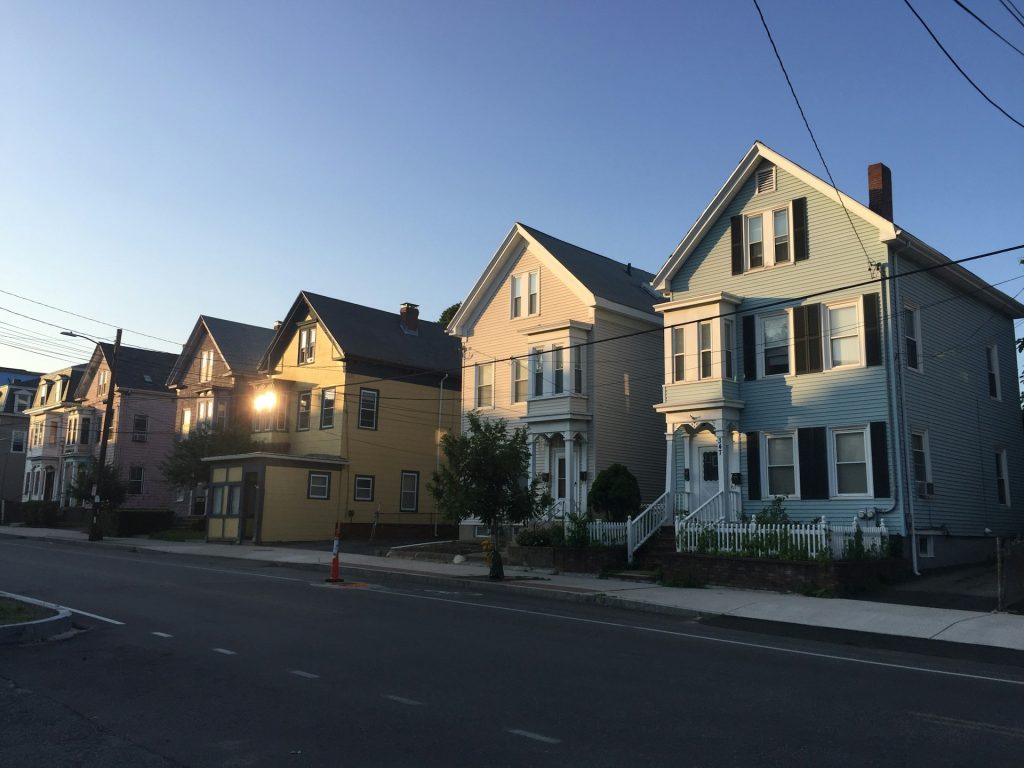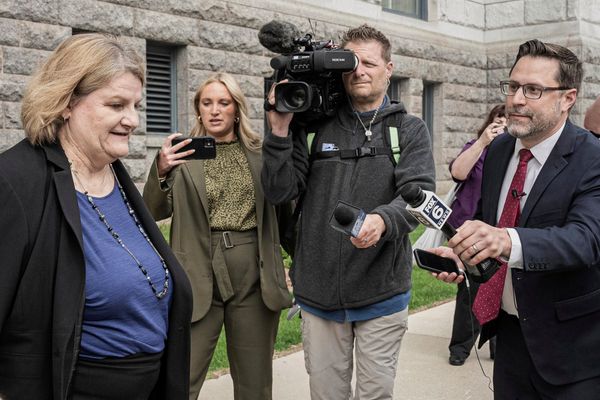
You want to feel safe where you live. That’s normal. Most people look for neighborhoods with low crime rates, good schools, and quiet streets. But what if the things you think make a neighborhood “safe” aren’t as reliable as you believe? Police officers see the reality behind the numbers and the stories. They know that some common assumptions about “safe” neighborhoods can be misleading. If you’re thinking about moving, or just want to know how secure your area really is, it’s worth looking at what police say about these beliefs. Here’s what you need to know before you trust the usual signs of safety.
1. “Low Crime Rates Mean It’s Safe”
A lot of people check crime statistics before moving. It makes sense. But police often point out that crime rates don’t tell the whole story. Not all crimes get reported. Some neighborhoods have a culture of not calling the police, even when something serious happens. Others might have more active neighborhood watch groups, so more incidents get reported. This can make one area look safer or more dangerous than it really is. Also, crime rates can change quickly. A neighborhood that was safe last year might not be as safe now. Always look at trends over several years, not just one snapshot.
2. “Good Schools Equal Safe Streets”
It’s easy to think that good schools mean a safe neighborhood. After all, schools with high ratings often attract families who care about their community. But police say this isn’t always true. Sometimes, a school’s rating is based on test scores, not safety. There are neighborhoods with great schools that still have problems with theft, vandalism, or even violent crime. And sometimes, crime happens near schools because they’re busy places. Don’t assume that a good school rating means you can let your guard down. Walk around the area at different times of day. Talk to people who live nearby. Ask about what really happens after dark.
3. “Nice Homes and Lawns Mean No Crime”
A row of well-kept houses and green lawns looks safe. But police know that appearances can be deceiving. Some criminals target these areas because they expect people to have more valuables. A nice neighborhood might have more break-ins, not fewer. And sometimes, people in these areas are less likely to report suspicious activity because they don’t want to “cause trouble.” Don’t judge safety by looks alone. Ask about recent incidents. Check local news. Look for security cameras and signs of active neighborhood watch groups.
4. “Quiet Streets Are Always Safer”
A quiet street feels peaceful. But police say that quiet doesn’t always mean safe. Sometimes, quiet streets are just less watched. Fewer people around can mean fewer witnesses if something does happen. Criminals sometimes prefer these areas because they can work without being seen. If you’re considering a quiet street, look for signs that people are paying attention—like porch lights, neighbors chatting outside, or regular foot traffic. A street that’s too empty can be a red flag.
5. “Police Presence Means No Crime”
Seeing police cars in a neighborhood can feel reassuring. But it doesn’t always mean the area is safe. Sometimes, a heavy police presence means there are ongoing problems. Officers might be responding to frequent calls or trying to prevent crime in a known trouble spot. On the other hand, some safe neighborhoods rarely see police because there’s not much to respond to. If you see a lot of police activity, ask why. Don’t assume it’s a good sign.
6. “Everyone Knows Each Other, So It’s Safe”
It’s nice when neighbors know each other. But police say that even close-knit communities can have problems. Sometimes, people don’t report crimes because they don’t want to get their neighbor in trouble. Or they might handle things themselves instead of calling for help. This can let problems grow. It’s good to have friendly neighbors, but make sure there’s also a culture of looking out for each other’s safety. Ask if there’s a neighborhood watch or regular meetings about safety.
7. “No News Is Good News”
If you don’t hear about crime in your area, it’s easy to think nothing bad ever happens. But police warn that a lack of news doesn’t always mean a lack of crime. Some incidents don’t make the news. Others get downplayed to protect property values or the area’s reputation. Check police blotters or local online forums. Talk to officers at community events. Don’t rely only on what you see in the headlines.
8. “Security Systems Make a Neighborhood Safe”
Security cameras and alarm signs are everywhere now. They help, but they’re not a guarantee. Police say that some criminals are aware of how to circumvent these systems. Others aren’t deterred at all. And sometimes, people with security systems get careless, thinking the technology will protect them. Use security systems as one tool, not your only defense. Stay alert and keep up with what’s happening in your area.
Rethinking What “Safe” Really Means
A “safe” neighborhood is more than numbers, nice lawns, or quiet streets. It’s about people paying attention, reporting problems, and working together. Police see the patterns behind the scenes. They know that real safety comes from active communities, not just appearances. If you want to feel secure, get involved. Ask questions. Stay aware. Don’t trust assumptions—trust real information and your own observations.
Have you ever been surprised by what you learned about your neighborhood’s safety? Share your story or thoughts in the comments.
Read More
How to Tell If Your Neighborhood Is Quietly Being Bought by Hedge Funds
12 Red Flags That Indicate a Bad Neighborhood
The post What Do Police Say About These “Safe” Neighborhood Assumptions? appeared first on The Free Financial Advisor.







